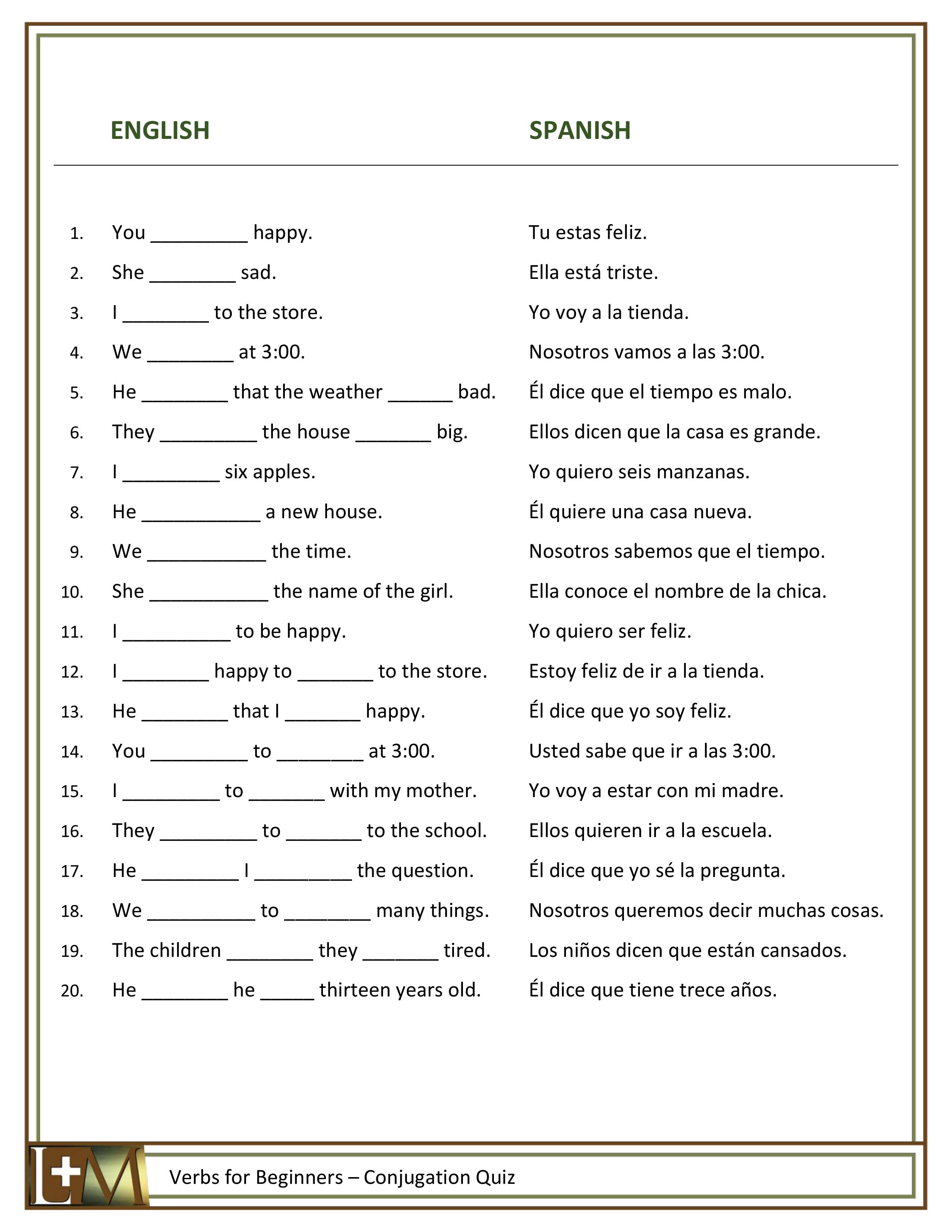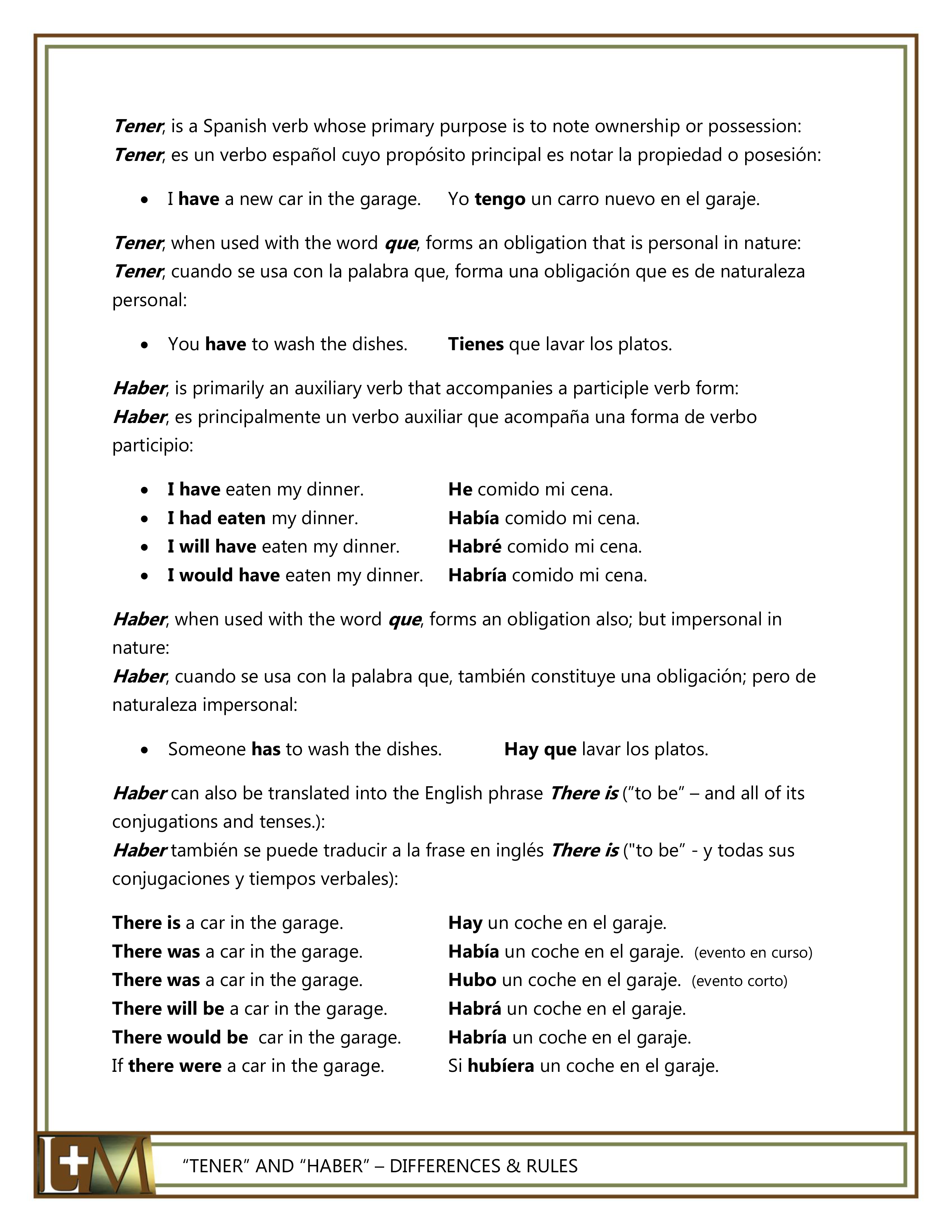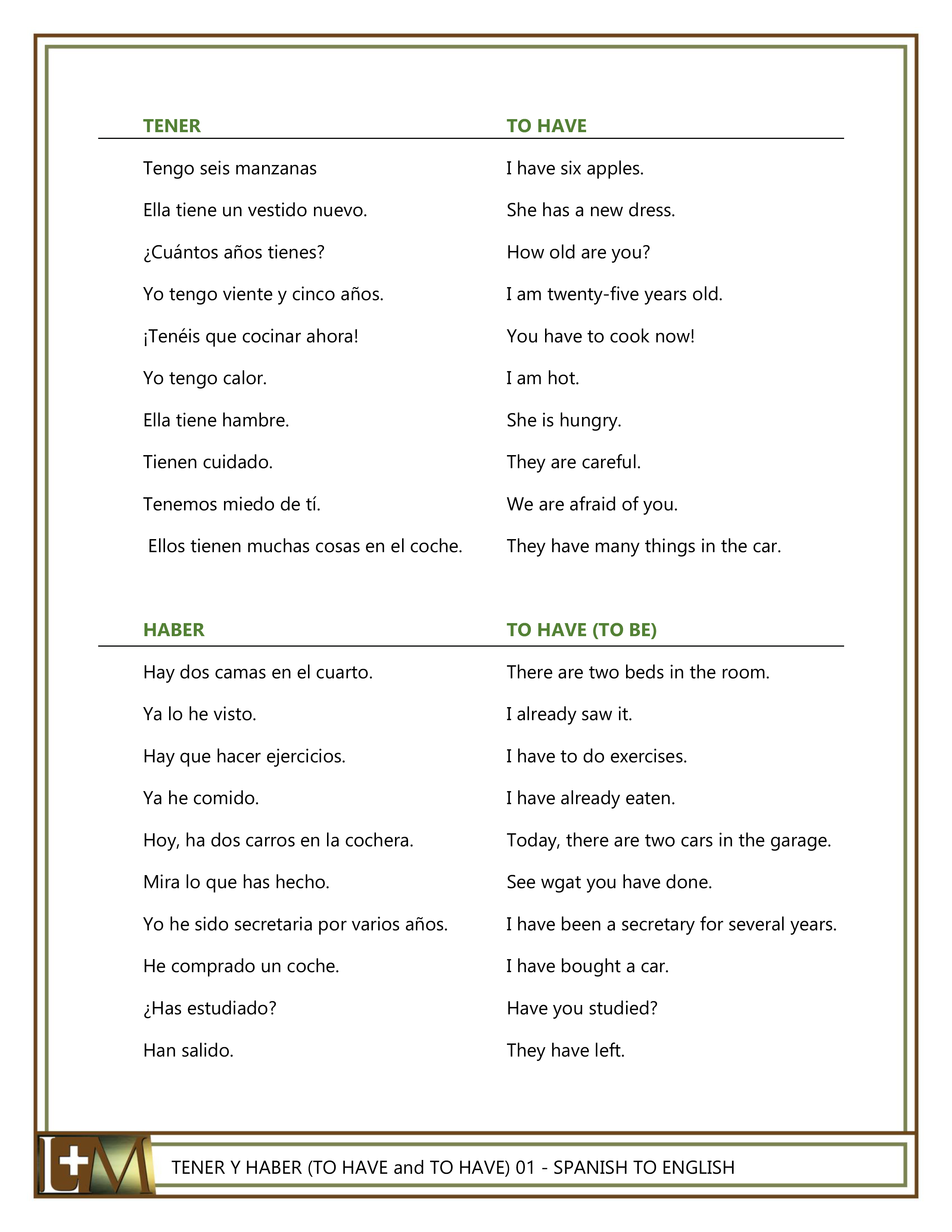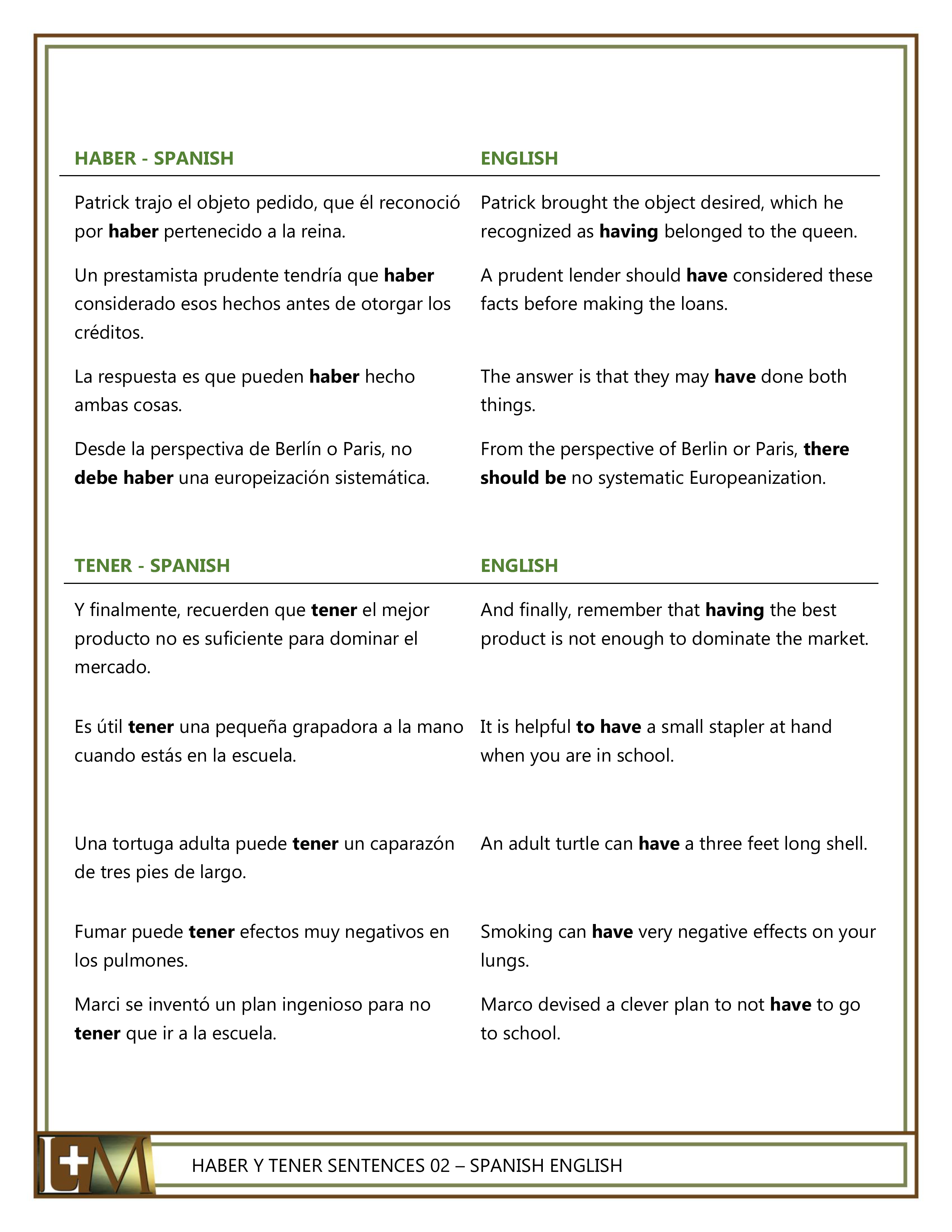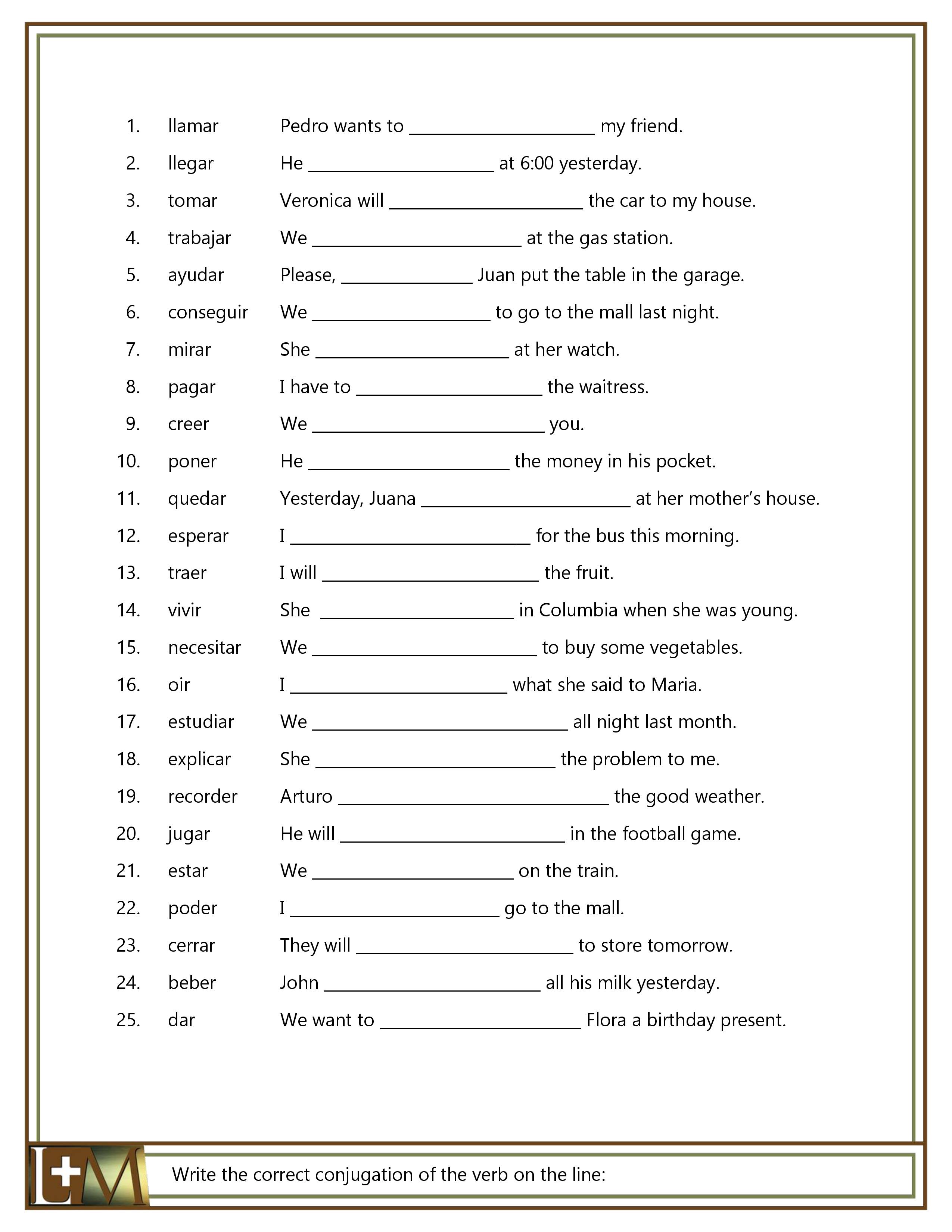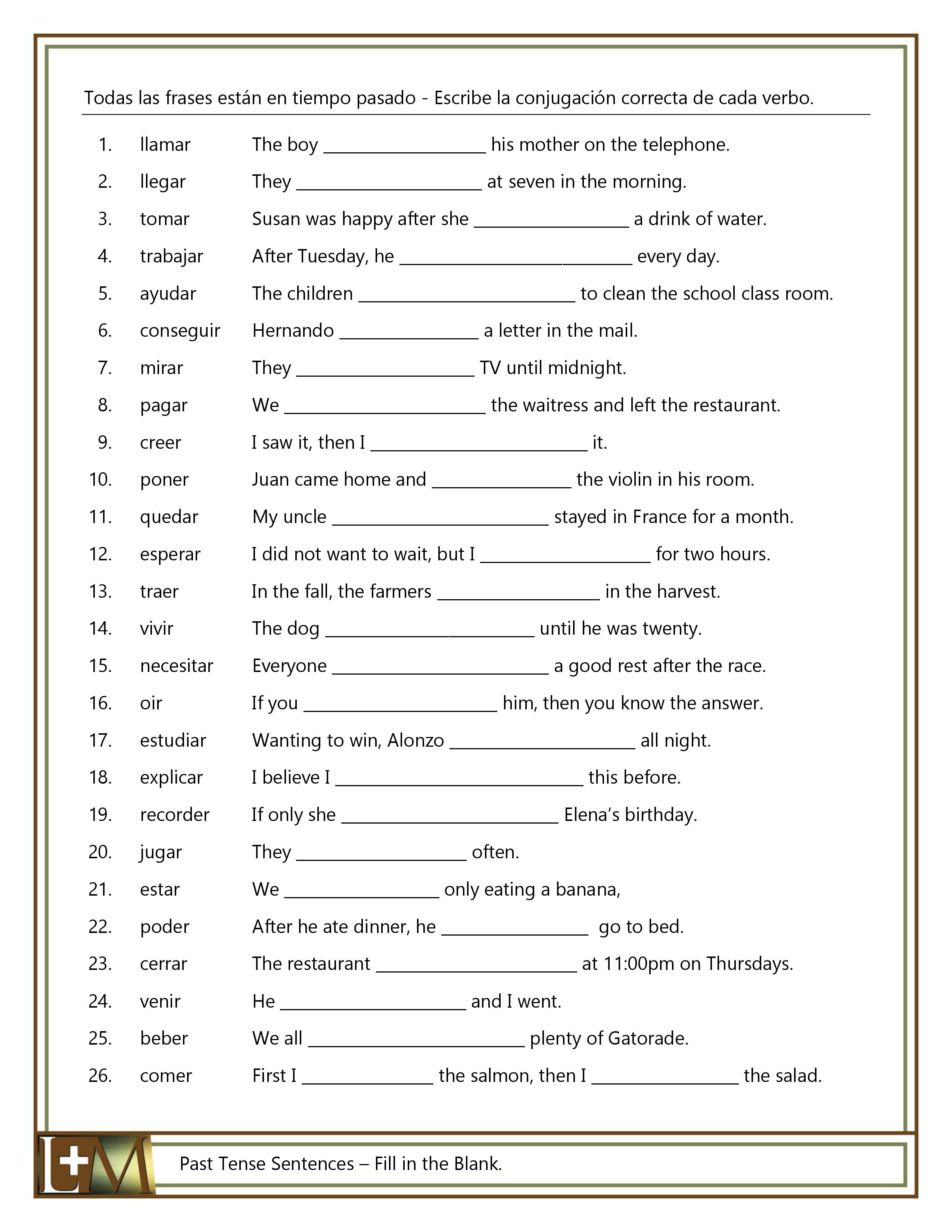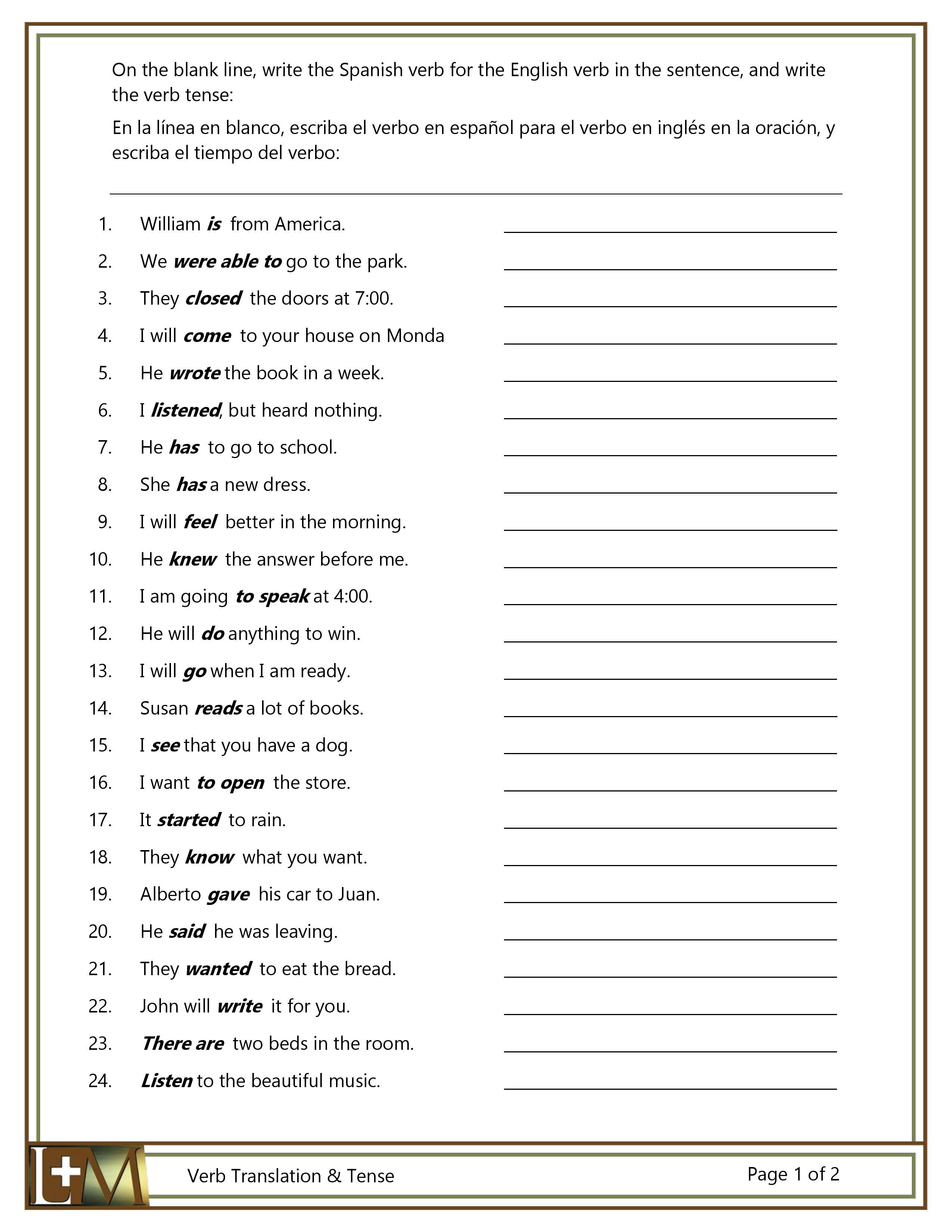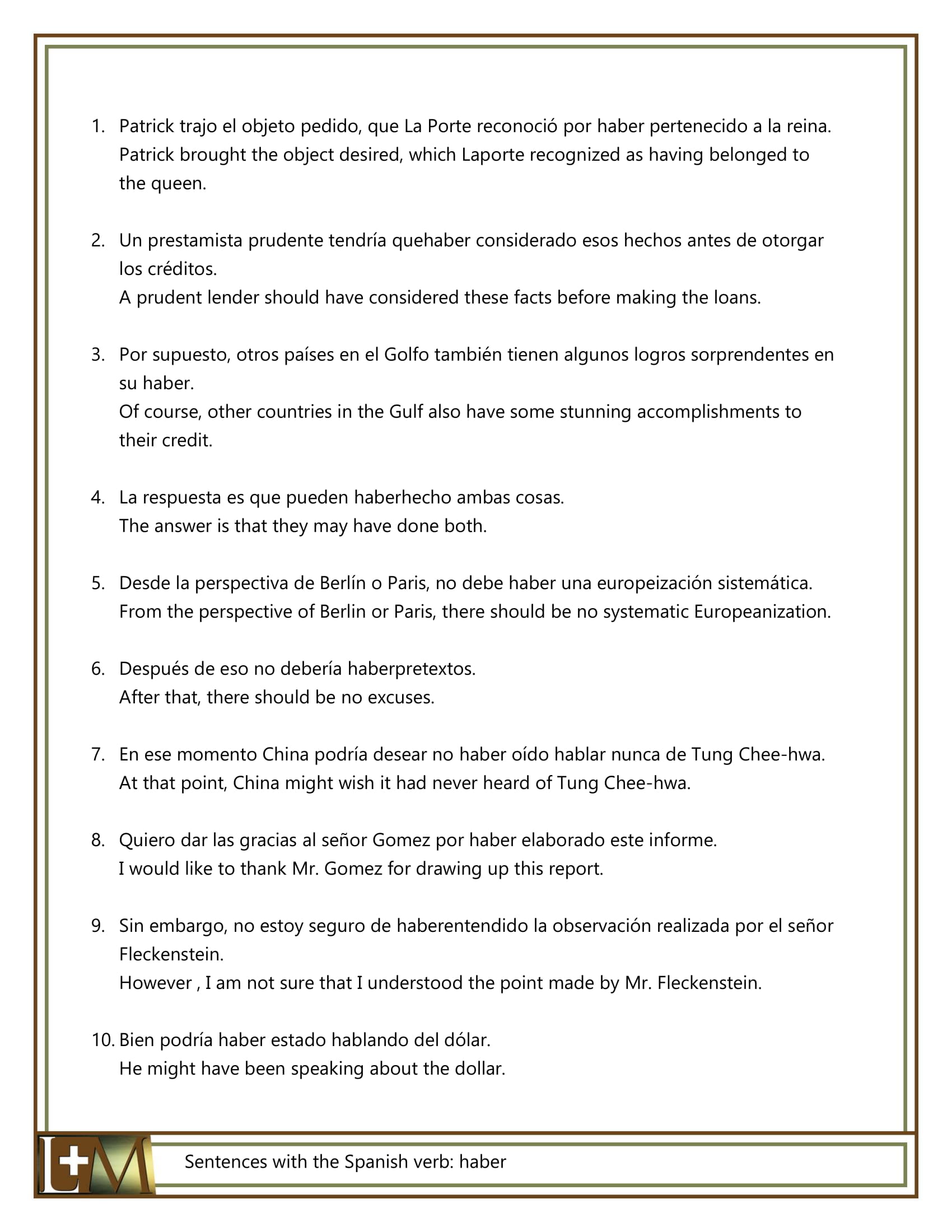
VERBS
NOTE: This page is a Header Page. That means there’s a menu bar at the top by which you can select the appropriate pages for your study and download. One can also return to the Home Page. Once you select a Subject Page, like "Starter Verbs – Present", the menu bar is replaced by a simple icon in the upper-left corner that will return you to the Header Page of Verbs.
Verbs are those words that express or convey an action. It is direct in its character and the most obvious in observation. Verbs can also express or convey an occurrence, a situation, or a circumstance. Here, verbs begin their abstract ascent from mere action and incorporates or demands reasoning and conjecture in order to fully understand the actions and their implications. Verbs can also describe a state of being; the “I think therefore I am.”, to actions that rise well above the hop, skip, and run banalities of life.
We alphabetically shape the basic verbs – the infinitives – to express actions of the past, present, and future, as well as express continuous actions in those three tenses. We express verbs in various forms to indicate various moods. The Indicative Verb seeks to state a fact. The Interrogative Verb seeks an answer to a question. The Imperative Verb seeks to enforce a need or desire. The Subjunctive Verb dawdles with the slightly unreal: the emotional, the wishful, the opinion or judgment, and things of possibility. Gerunds permit us to use verbs as nouns, while Participles mimic adjective and adverbs.
We have regular verbs and irregular verbs. The irregular, oddly enough, have more history to them than the regular; many deriving from the evolving Old English and Germanic languages. Most irregular verbs note their irregularity within the past tense and past participle, though a few – like the ever-popular infinitive verb “to be” experience irregularities in their present tense. Irregular verbs also tend to be monosyllabic, unless they have some form of prefix to them (again… perhaps a nod to early proto-languages when Og grunted for his food). The regular verbs, on the other hand, are the milk-toast verbs of our English-speaking society. They follow the simple rule for conversion of a present tense verb into that of a past tense verb by adding the suffix ending of “ed” to the present tense. There are exceptions of course; like when a word ends in “e”, then only the “d” is added. And, of course, as all English-speaking people are decidedly goofy, we managed to make the “ed” usually sound like a “t”.
It’s here, in the verbs, where the ESL student finds themselves in the La Brea tarpits of English-language acquisition. Ignore the fact that their native language is most likely exceedingly more complex; the truth of the matter is that for effective communication in any language, knowing the tenses and being able to vocalize the verbs in their respective tenses and moods is imperative. As a tutor, one cannot spend enough time in teaching the proper conjugations of all common verbs.
DOWNLOAD BELOW
